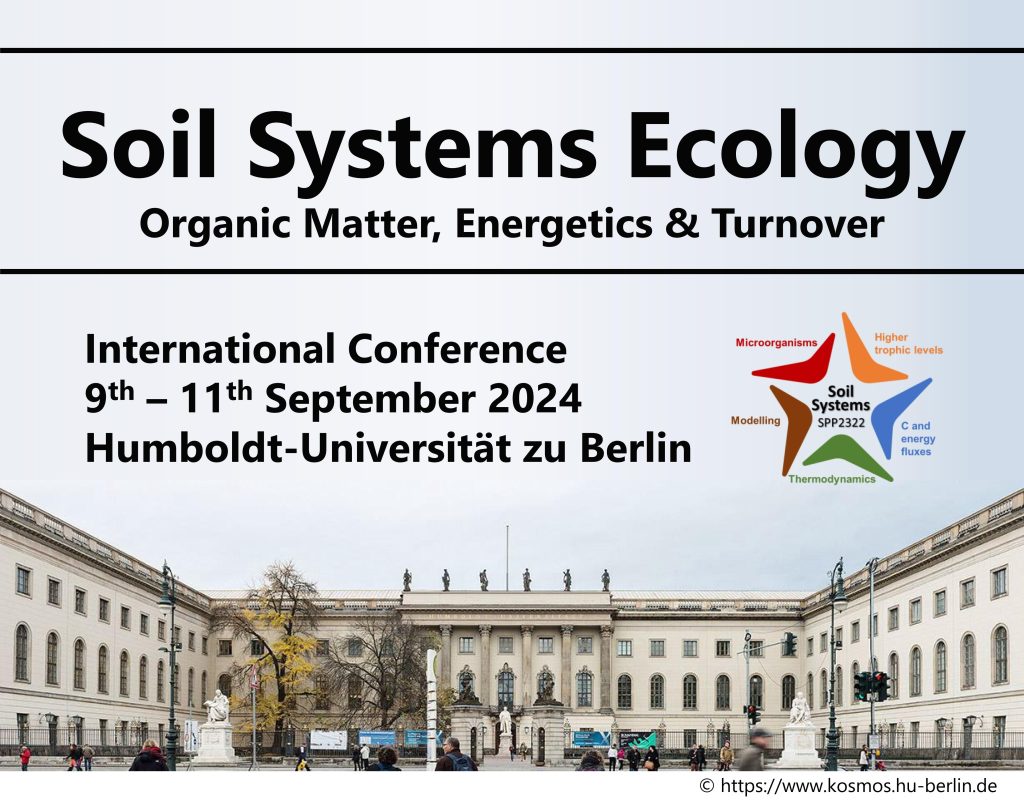
Welcome
Join the International Meeting, which will take place from 9 to 11 September 2024 at the Humboldt University in Berlin, Germany.
Large fluxes of solar energy conserved in organic matter pass through soil as conduit from primary production to mineralisation. Soil organisms are channelling the flux, are fuelled by the provided energy, and contribute by their bio- and necromass. Due to missing unified approaches, previous research targeted either biogeochemical turnover processes or microbial co-occurrence and phylogeny but rarely linked both. Let us explore new conceptual and empirical studies linking mass and energy fluxes in soil ecosystems. It’s time to get a systemic view on energy and matter fluxes and their interactions with living and non-living soil components. We cordially invite you to present your work, meet and discuss with many colleagues, enjoy keynote talks and evening events in the magnificent center of Berlin. Tackle with us the key questions:
- How to identify the thermodynamic principles that link carbon and energy use efficiencies to microbial diversity, growth and activity in soil?
- Does the microbiome, its structural and functional diversity and interacting trophic levels on the turnover and storage of SOM control the energy flux?
- Do boundary conditions shape or even define the energy use channel in soil?
- Does a specific substrate and its energy content always result in similar microbial community composition and similar degradation performance in terms of kinetics?
- What causes the C-stabilization (‘entombing effect´) after conversion to microbial necromass in different soil types?
We are expecting around 150 participants from the fields of soil and ecosystem research and biothermodynamics. The Soil Systems Ecology International Conference is an initiative of the Research priority program SPP 2322 SoilSystems and supported by the German Research Foundation (DFG) and the German Soil Science Society (DBG).
Yours sincerely, Sören Thiele-Bruhn, Matthias Kästner, Marcel Lorenz, Liliane Ruess on behalf of the panel group of the research program SPP 2322 SoilSystems
Program
| Day | Time | What? | Where? |
|---|---|---|---|
| Sep 9 | 16:00 – 18:00 | Registration and guided campus tours | Campus North, HU Berlin, Rhoda-Erdmann-Haus (House 22) |
| Sep 9 | 18:00 – 19:15 | Opening and evening lecture | Campus North, HU Berlin, Hörsaal 2, House 18 |
| Sep 9 | from 19:15 | Icebreaker | Campus North, HU Berlin, Rhoda-Erdmann-Haus (House 22) |
| Sep 10 | 08:30 – 18:00 | Presentations, keynotes and poster session | Heilig-Geist-Kapelle |
| Sep 10 | from 19:00 | Conference dinner | Brasserie am Gendarmenmarkt |
| Sep 11 | 08:30 – 18:30 | Presentations and keynotes | Heilig-Geist-Kapelle |
Sessions
Linking carbon and energy fluxes in soil systems
Session Chair: Anja Miltner
- Microbial transformation of organic compounds is essential in maintaining soil functions. In particular, heterotrophic microorganisms are driving the soil carbon cycle. These organisms use their substrates both as a carbon and an energy source. Carbon and energy fluxes in soil are therefore tightly linked. However, concepts for combined investigations of carbon and energy fluxes are only emerging now, and only little is known about how the two fluxes are interlinked via carbon use efficiency and energy use efficiency. This link will vary depending on soil, substrate and environmental conditions. We welcome contributions to this session which address methodological developments for a combined determination of carbon and energy fluxes in complex systems as well as insights into the link between carbon and energy fluxes and their consequences for understanding mechanisms of soil organic matter turnover and stabilization. In addition, contributions presenting how knowledge about the link between carbon and matter fluxes can contribute to improved modelling of soil organic matter dynamics are welcome.
Linking the composition of microbiomes to matter and energy fluxes
Session chair: Christoph Tebbe
- Microbiomes can be considered as the central engine promoting the turnover of soil organic matter, thereby sustaining biogeochemical cycles and other important ecosystem services. Their composition includes organisms with highly contrasting properties in regard to cell size, metabolic capacity and ecophysiology, i.e. bacteria, archaea, fungi, protists and viruses, and each of these groups is represented by a high diversity of organisms. While microbial community compositions are typically highly variable between soils and responsive to environmental changes, there must be underlying rules which structure this biodiversity. We welcome for this session scientific contributions which improve our understanding how energy and matter fluxes impact on structural and functional microbial diversity. Does the efficiency of energy and substrate transformations correlate with the complexity of microbiomes and how important are trophic interactions for the emerging microbiomes under different boundary conditions? Answers may vary, depending on the spatial scale and soil microhabitat under investigation.
Under the lens: soil carbon and energy channels across trophic levels
Session chair: Liliane Ruess
- Carbon and energy exchanges across trophic levels are fundamental modes of interactions. However, while the carbon flow through soil decomposition channels is well studied, the associated energy fluxes are hardly taken into account. The diverse faunal communities interact in complex food webs, and especially the grazers of bacteria and fungi affect the nature and activity of decomposition pathways. This session aims at conceptual and empirical studies that address the central theme: how are soil carbon and energy channels underpinned by the biodiversity and function of faunal assemblages? This may include dynamics related to the quality of resources, e.g. recalcitrance or nutrient content of substrates. Further, contributions considering the effects of soil properties or boundary conditions on these processes are welcome. Linking these different aspects will open new avenues for a better understanding of the role of higher trophic levels in soil carbon and energy fluxes.
Calorimetry and thermodynamics: keys to unraveling complex soil processes
Session chair: Thomas Maskow
- Thermodynamic principles are widely recognized for their efficacy and predictive power in fields like physics, mechanical engineering, process chemistry and even systems biology. Yet, their application in comprehending dynamic microbially catalyzed biogeochemical cycles within complex soil systems remains nascent. Challenges encompass various factors, including the composition and diversity of soil organic matter (SOM), SOM-mineral interactions, dynamics of microbial communities catalyzing SOM turnover, and trophic levels shaping microbial communities. We welcome both experimental and theoretical contributions to propel soil thermodynamics and associated measurement methodologies, particularly calorespirometry, forward. Key focal points include energy release during microbial SOM turnover, SOM stabilization, balancing thermodynamic state variables, quantifying soil energy content, interpreting calorimetric and respirometric data, and conceptualizing prognosis for soil ecosystem development.
Modeling of matter and energy flows in soil systems
Session chair: Holger Pagel
- Modeling enables the quantification of coupled matter and energy flow in soil systems which fosters the mechanistic understanding of soil organic matter decomposition and stabilization. Improved models of soil organic matter turnover require integrating thermodynamics with the molecular composition of soil organic matter, structural and functional microbial diversity, trophic network structure and organo-mineral interactions. This session tackles this challenge by addressing several questions:
– At what level of detail do we need to represent biological, chemical and physical complexity in soil systems?
– What are relevant metrics for quantifying matter and energy flows to inform improved modeling approaches for accurate predictions?
– What are the prospects and limits of applying thermodynamics in modeling soil systems?
We invite contributions on process-based and data-driven models for simulating matter and energy turnover in soil systems.
Keynote Speaker
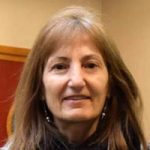
María Jesús Iglesias Briones
Universidade de Vigo, Spain
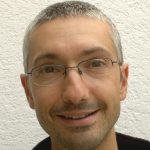
Stefano Manzoni
Stockholm University, Sweden
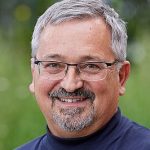
Andreas Richter
University of Vienna, Austria
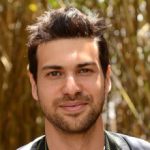
Noah W. Sokol
Lawrence Livermore National Laboratory, CA, U.S.A.
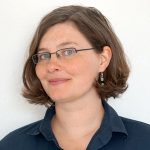
Marie Spohn
Swedish University of Agricultural Sciences, Sweden
Committees
Organizing Committee
Sören Thiele-Bruhn (Trier University)
Liliane Ruess (Humboldt-Universität zu Berlin)
Matthias Kästner (UFZ – Helmholtz Centre for Environmental Research)
Marcel Lorenz (Trier University)
Scientific Committee
Thomas Maskow (UFZ – Helmholtz Centre for Environmental Research)
Anja Miltner (UFZ – Helmholtz Centre for Environmental Research)
Holger Pagel (Forschungszentrum Jülich/University of Bonn)
Liliane Ruess (Humboldt-Universität zu Berlin)
Christoph Tebbe (Thünen Institut für Biodiversität)
Dates & Fees
Important Dates
- May 22: Abstract submission deadline (extended to June 3)
- June 17: Acceptance/Rejection notification
- June: Registration opening
- July 21: Registration deadline
- July 29: Extended registration deadline!
- Aug 31: Final program announcement
- Sep 9-11: SSE Conference
Fees
- Regular: 350 €
- Student: 250 €
Registration fee include icebreaker (9th Sep), conference dinner (10th Sep) and lunch/coffee/snacks (10th-11th Sep).
Abstract Submission
Extended deadline for abstract submission was June 3, 2024 (CEST: 23:59).
Registration
We appreciate your interst in attending our conference. Unfortunately, the deadline for registration was July 29, 2024 (CEST: 23:59). If you are interested in participating in the conference even though the registration deadline has already passed, please contact Marcel Lorenz (lorenzma@uni-trier.de) to get one of the last spots. Latecomers still have the opportunity to present a poster.
Venue
General
The conference is held in Berlin-Mitte, the most central district of the German capital. No other part of the city attracts more visitors – here is the historic center. Most of Berlin’s important sights are located in Mitte such as the Reichstag, the Brandenburg Gate and the Museum Island. Practically everything is within walking distance.
The registration, evening lecture and icebreaker are located at the Campus North of the Humboldt-Universität zu Berlin. The following two conference days with talks and posters take place at the Heilig Geist Kapelle, also a property belonging to the university.
Campus North of the Humboldt-Universität zu Berlin
In the middle of Berlin’s lively Mitte district, in the area between Invalidenstraße and Luisenstraße, is the Campus North, located at the Philippstraße 13, 10115 Berlin. The core of the campus is an 80,000 square meter park-like area with old trees and historic red brick buildings, which were built between the end of the 18th and the middle of the 20th century. The park, formerly called the Reuß Gardens, was designed by the garden artist and General Garden Director of the Royal Prussian Gardens, Peter Joseph Lenné.
The most outstanding building in the park is the Anatomical Theater of the Royal Veterinary School designed by Carl Gotthard Langhans, the architect of the Brandenburg Gate, over two hundred years ago. It is the oldest academic facility in Berlin and its classical structure is reminiscent of an ancient amphitheatre. It is popularly known as the “Temple of Trichinosis”. For more information, please see: https://tieranatomisches-theater.de/
The evening lecture of the conference takes place in House 18. It is the most imposing building in the ensemble of university buildings on the grounds of Campus North at the end of the Wilhelmine era. Dating from 1914, it was planned as a university laboratory and research building by Professors Abderhalden (physiology) and Schroeter (chemistry). Until 2009 it was dedicated to Emil Abderhalden, who was known for his work on “Abwehrfermenten”. As early as 1914 Leonor Michaelis showed that the so-called “Abderhalden Reaction” was based on artifactual observations. Today the house is named after this famous German biochemist and co-founder of the field of enzyme kinetics, who was associate professor at the University of Berlin from 1908 to 1922.
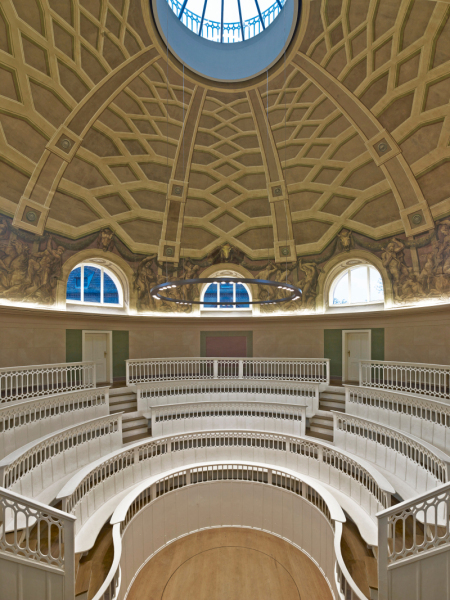
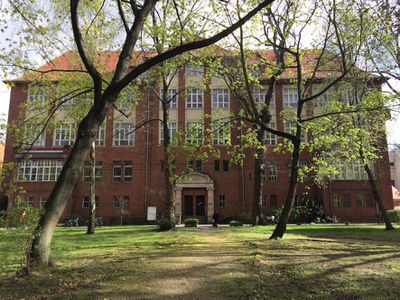
The modern life sciences campus is growing around these buildings, which includes the Institutes of Biology, Psychology, the Thaer Institute for Agriculture and Horticulture, and the Charité Hospital Campus. Research alliances are e.g., the Bernstein Centre, the Mind and Brain Graduate School as well as the Neuroure, UniCat and Image Knowledge Gestaltung excellence clusters.
On Monday the 9th of September the registration is open from 4 and 6 p.m. in the Rhoda-Erdmann-Haus (House 22) at the Campus North, Philippstraße 13, 10115 Berlin.
The Rhoda-Erdmann-Haus, also known as the “green amoeba”, is a modern green building surrounded by old red brick houses and is easily recognizable. Please see the campus site map. You will find the registration desk on the first floor in room 1023. If you are unable to register on Monday, you can do so on the other days at the Heilig Geist Kapelle.
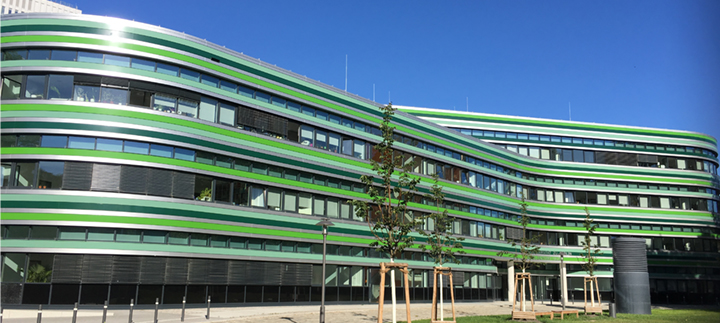
Heilig-Geist-Kapelle (Chapel of the Holy Spirit)
Our conference house, the Heilig-Geist-Kapelle, is the former chapel of the Hospital of the Holy Spirit. The location is opposite to the Museum Island on the other side of the Spree in the Spandauer Straße 1, 10178 Berlin.
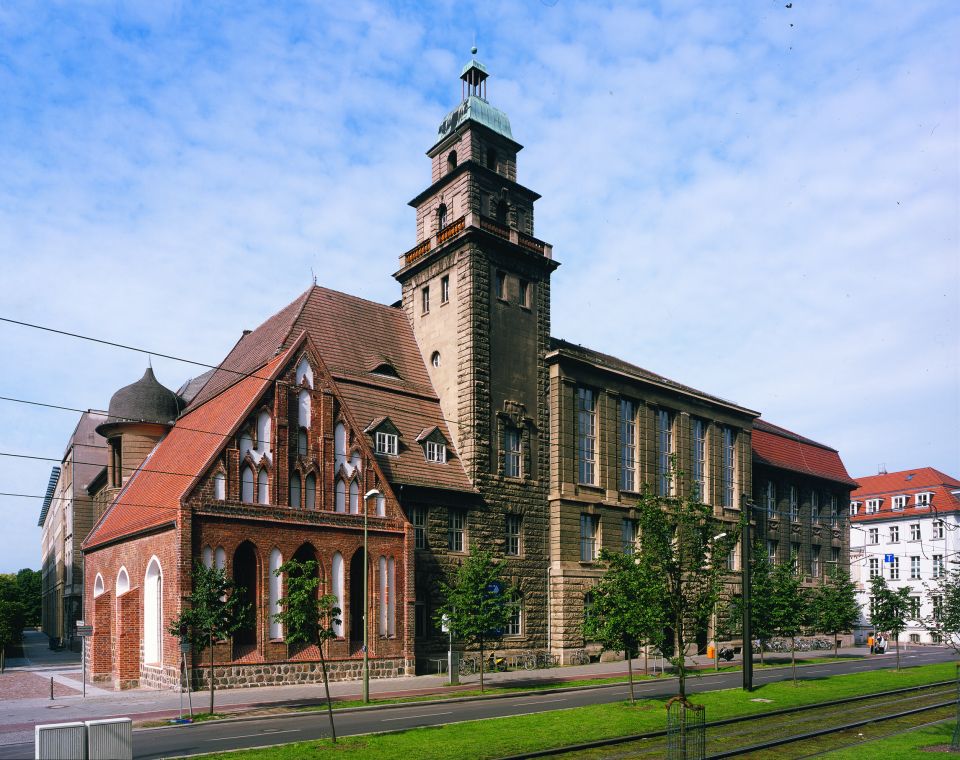
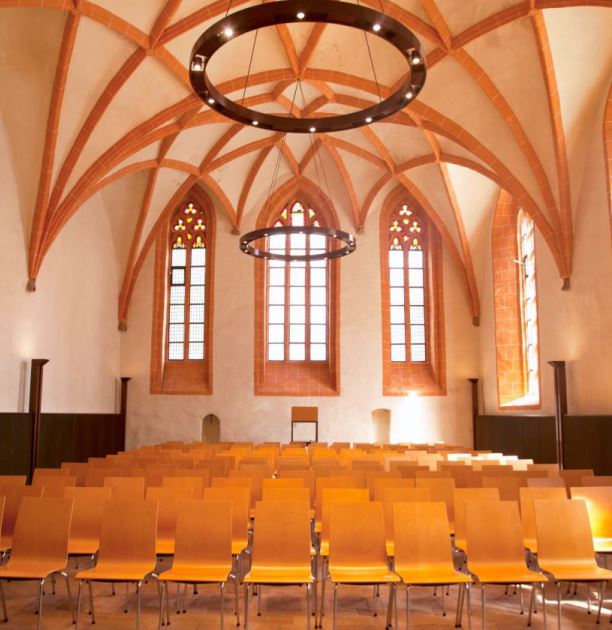
The Heilig Geist Kapelle, built around 1300, is the oldest building in Berlin’s historic city center that has been preserved in its entirety and is an architectural monument of exceptional importance. At the beginning of the 20th century, the chapel was initially to be demolished for the construction of the commercial college, but was saved by a campaign of civic engagement and integrated as a lecture hall in 1905. The building, with its roof truss dating back to 1476 and the three-bay star-ribbed vault, which was added around 1520, is a key architectural and art-historical testimony to medieval Berlin and was thoroughly restored in 2005.
Events
Campus Tour
The Campus North of the Humboldt-Universität zu Berlin is both a historically significant place and an idyllic natural area hidden in the middle of the city. Guided campus tours will take place on Monday the 9th of September between 4:30 and 6 p.m. Each tour lasts around 20 minutes and is conducted in either German or English. Meeting point is in the atrium of the Rhoda-Erdmann-Haus (House 22) at the Campus North.
Evening lecture
The evening lecture and opening keynote talk on Monday 9th of September will be given by Prof. Dr. Andreas Richter (University of Vienna). It takes place in House 18, lecture hall 2 of the Campus North. Please go around house 18, the lecture hall is on the back side!
Icebreaker
After the evening lecture we get together for an icebreaker with finger-food and barbeque. The event is located in the atrium of house 22 and the lawn between the houses 22, 11 and 9. of the Campus North. The costs are covered by the registration fee.
Conference Dinner
On Tuesday 10th of September evening we have dinner together at the “Brasserie am Gendarmenmarkt” Taubenstraße 30, 10117 Berlin. The costs are covered by the registration fee.
The restaurant is 20 min by foot from our conference house, the Heilig Geist Kapelle. If you walk, you pass by e.g., the Berlin Dome, the Berlin City Palace, the State Opera, and the Bebel square. You may also take the bus 200 starting at Spandauer Straße / Marienkirche. The bus runs every 10 min; take the stop “Jerusalmstraße” and walk 5 min to the restaurant.
The restaurant is located at the Gendarmenmarkt, which is arguably Berlin’s most beautiful square. The name Gendarmenmarkt derives from its former use as stables for the cuirassier regiment of the Gens d’armes, which the “Soldier King” Frederick William I had built here in 1736. The three monumental buildings German Dome, French Dome and the Konzerthaus beautifully frame the square.

Accomodation
Budget Hotels:
Reasonable accommodation is available directly at Berlin Central Station. From here you can take the S-Bahn two stops (please use a short-distance ticket) to Hackescher Markt and walk 5 min to our conference house, the Heilig Geist Kapelle. To the Campus North of the Humboldt-Universität zu Berlin it takes 20 min by foot. Alternatively use the bus 147 and get out at the stop “Charité – Campus Mitte”.
Motel One Berlin Hauptbahnhof
Invalidenstraße 54
10557 Berlin
Phone: +49-30/364 10 05-0
Mail: berlin-hauptbahnhof@motel-one.com
https://www.motel-one.com/de/hotels/berlin/hotel-berlin-hauptbahnhof
Meininger Hotel Berlin Hauptbahnhof
Ella-Trebe-Straße 9
10557 Berlin
Phone: +49-30/98321073
Mail: berlin-hauptbahnhof@meininger-hotels.com
https://www.meininger-hotels.com/en/hotels/berlin/hotel-berlin-central-station
Hotels in walking distance to the Heilig-Geist-Kapelle:
Monbijou Hotel
Unique boutique hotel situated in the heart of Berlin-Mitte, just a short stroll from Hackescher Markt S-Bahn station.
Monbijouplatz 1
10178 Berlin
Phone: +49-30/61620300
Mail: info@monbijouhotel.com
https://monbijouhotel.com
Hotel 38
Boutique hotel in the “Scheunenviertel”, renovated in 2010/11 and owner operated.
Oranienburger Straße 38
10117 Berlin
Phone: +49-30/2822125
Mail: info@hotel38.de
https://hotel38.de
Classic Hotel Alexander Plaza
Wonderfully remodeled building with a covered courtyard where you can have a lovely breakfast. Just around the corner of the Heilig Geist Kapelle.
Rosenstraße 1
10178 Berlin
Phone: +49-30/240010
Mail: info@classik-hotel-collection.com
https://classik-hotel-collection.com/hotels/classik-hotel-alexander-plaza-berlin